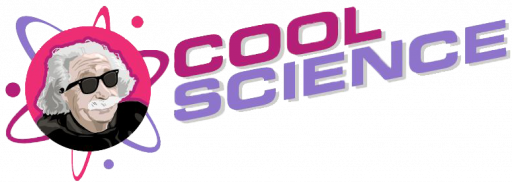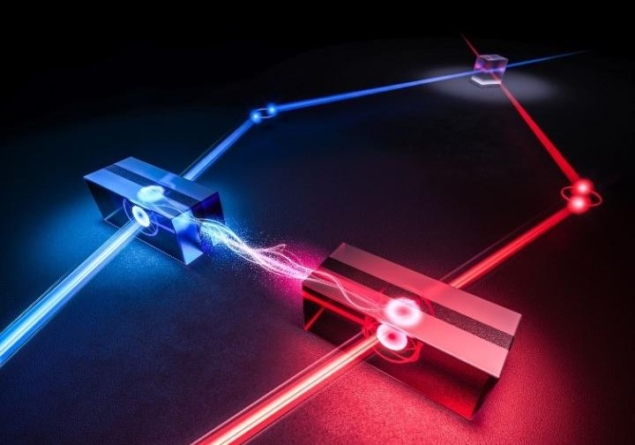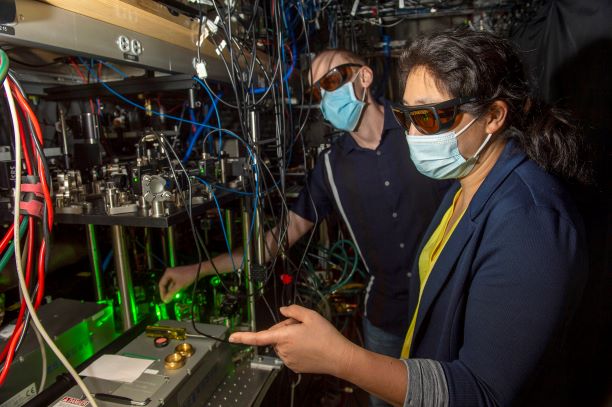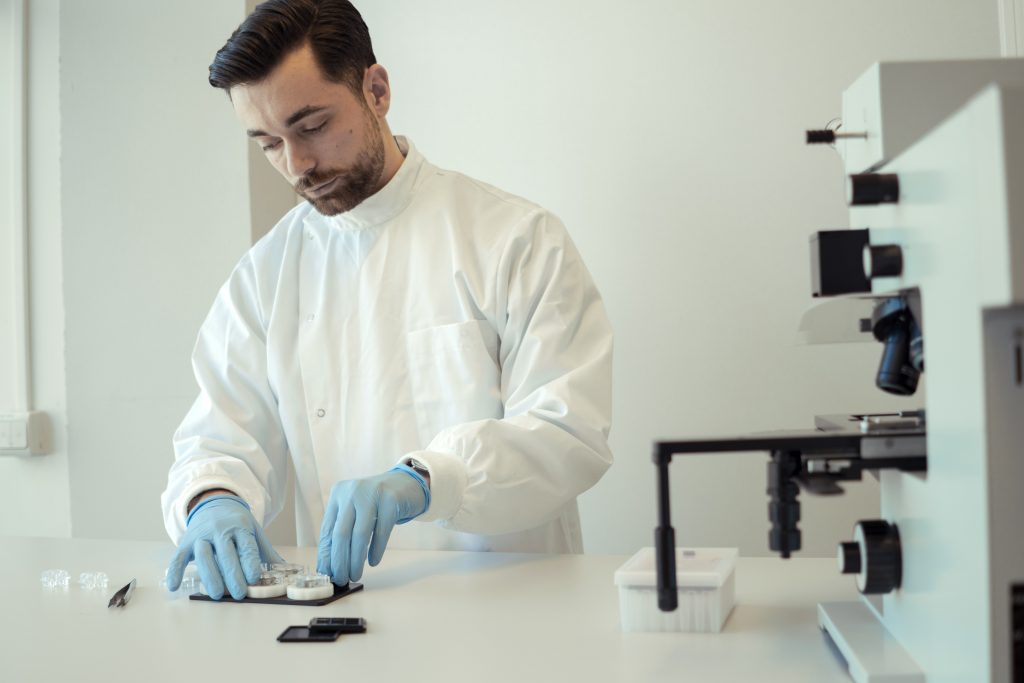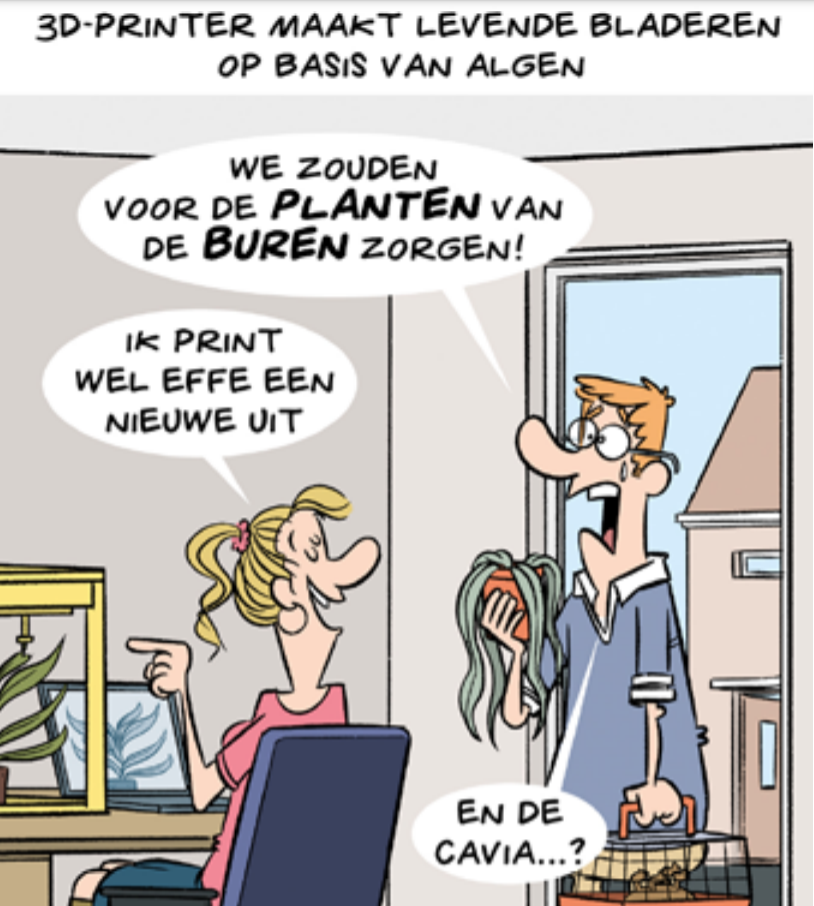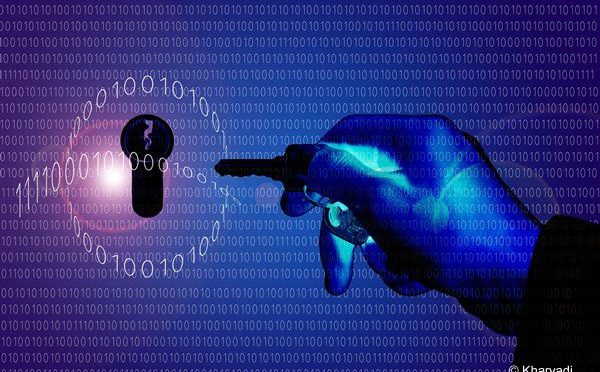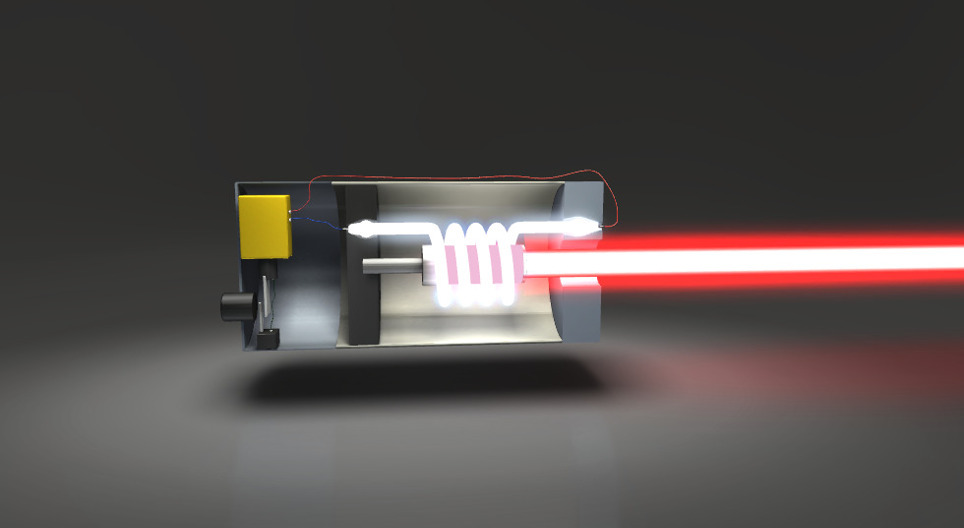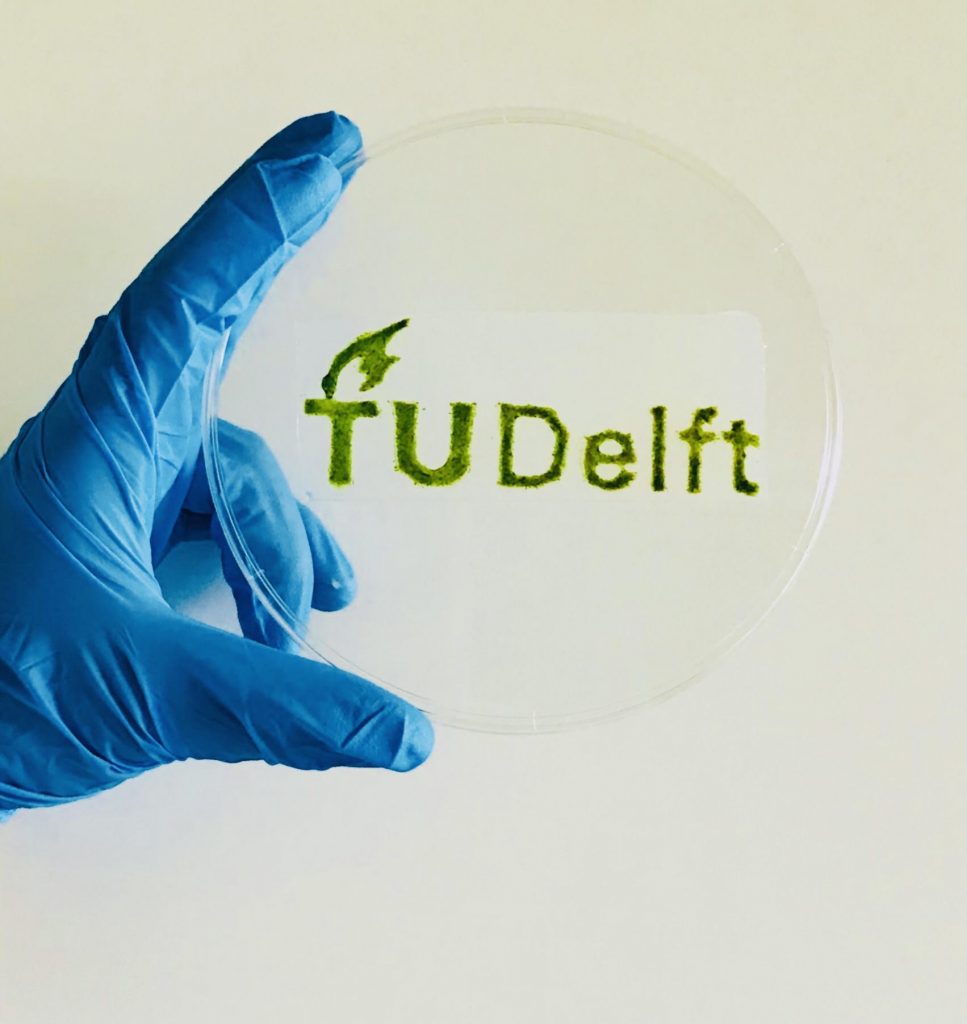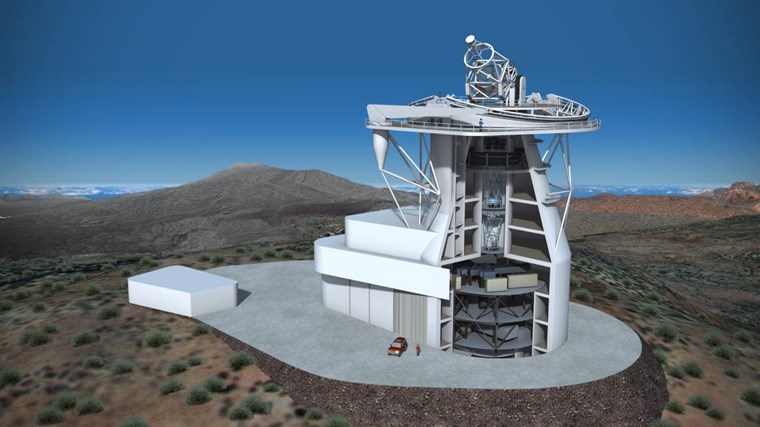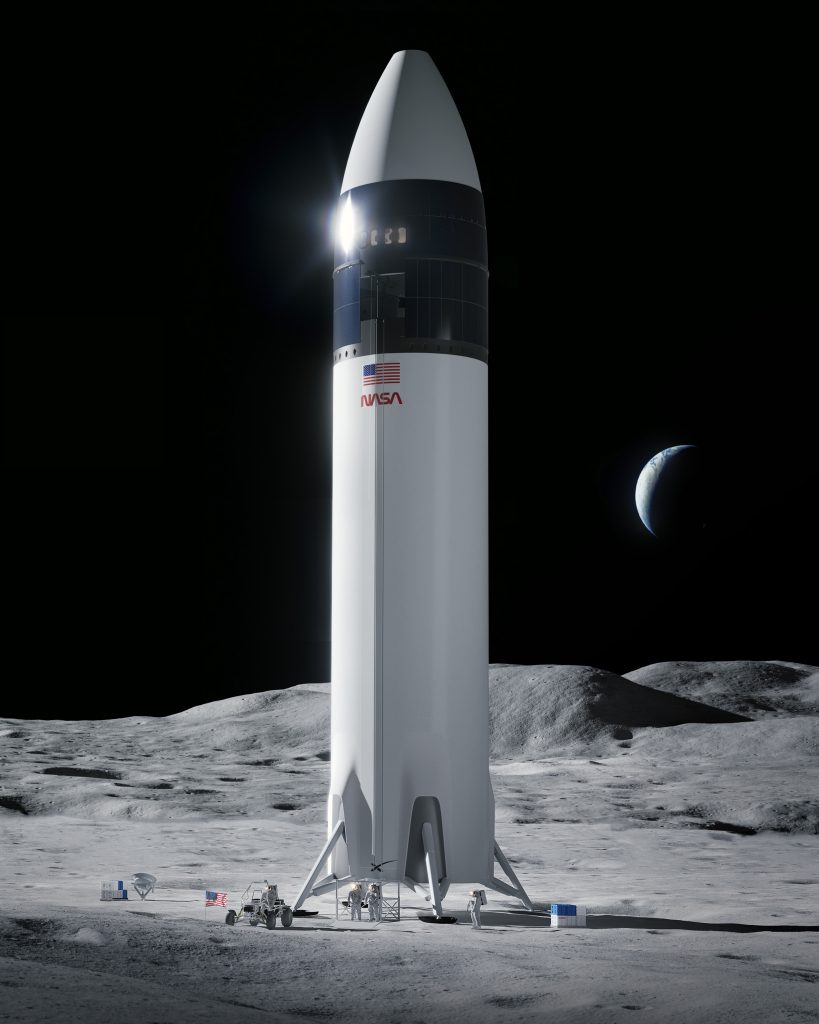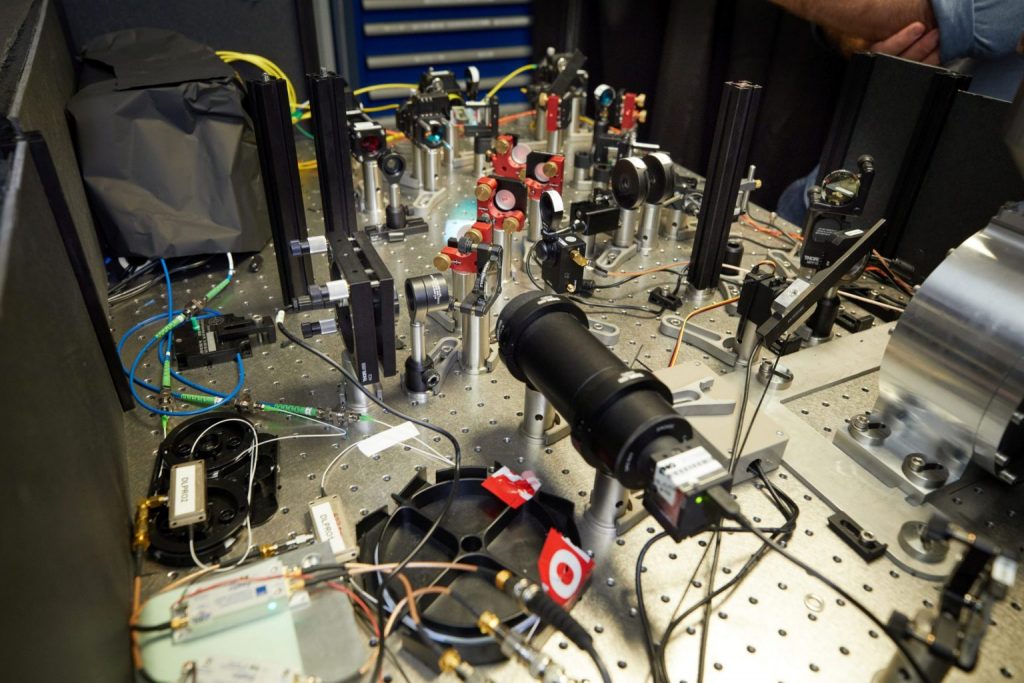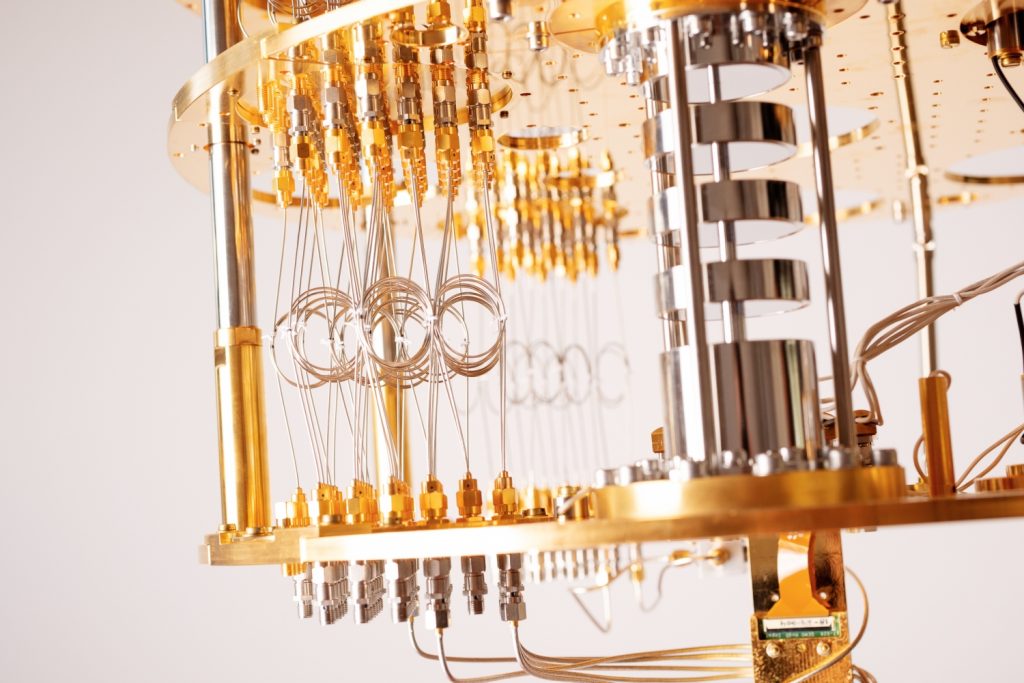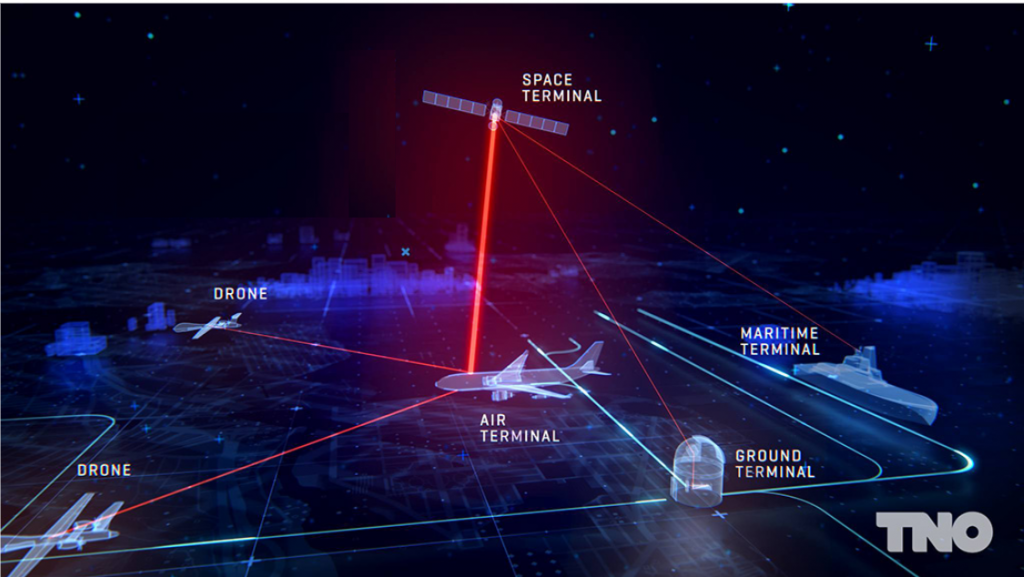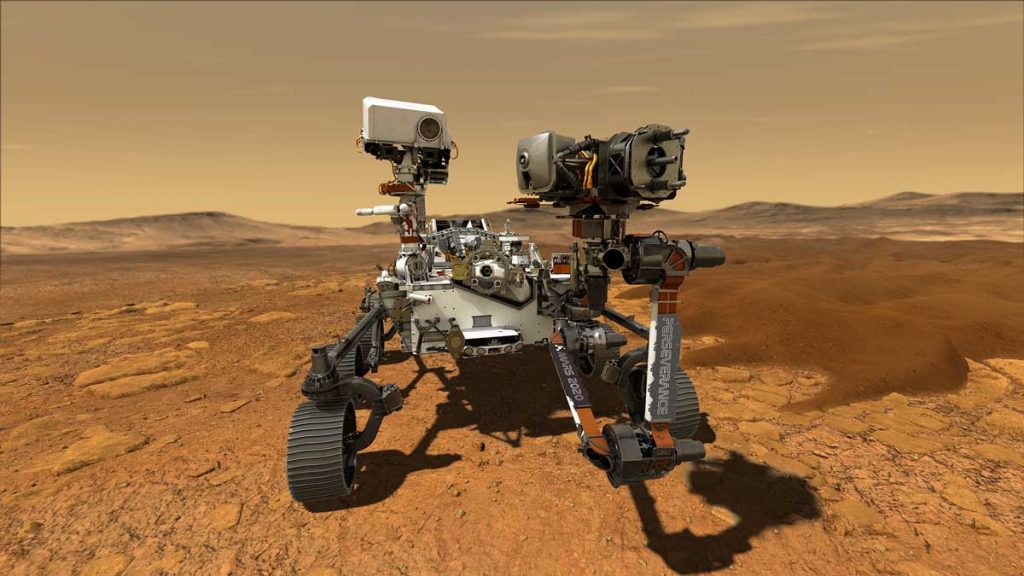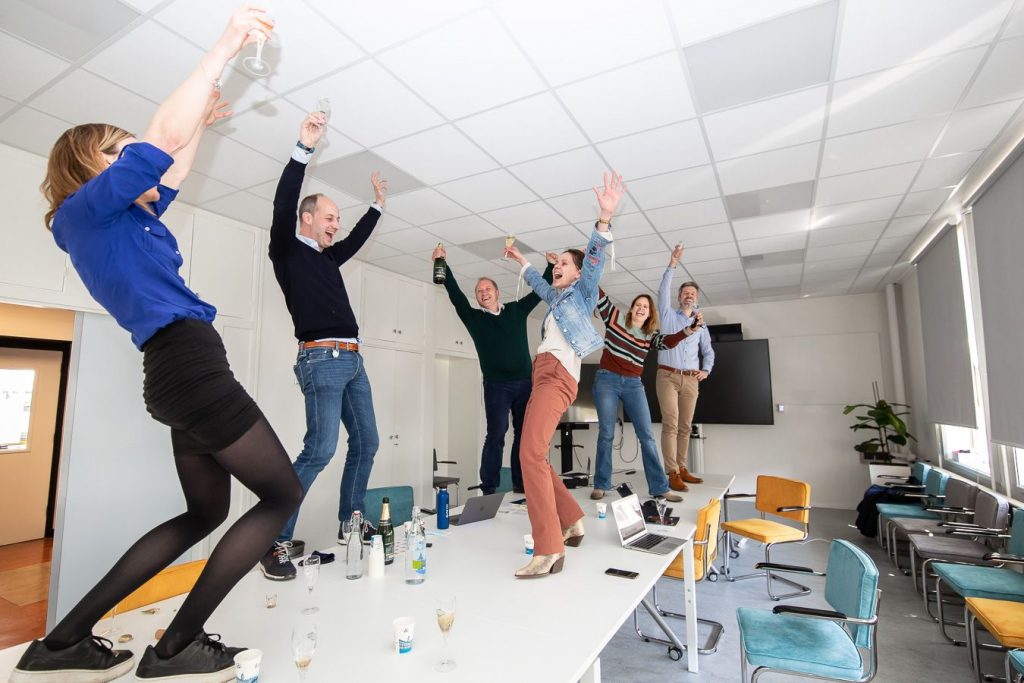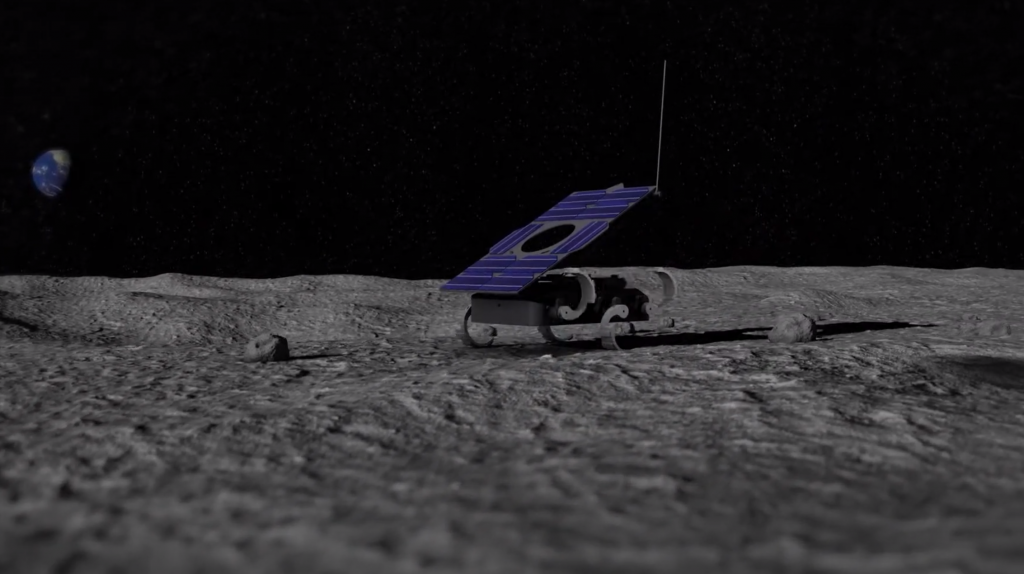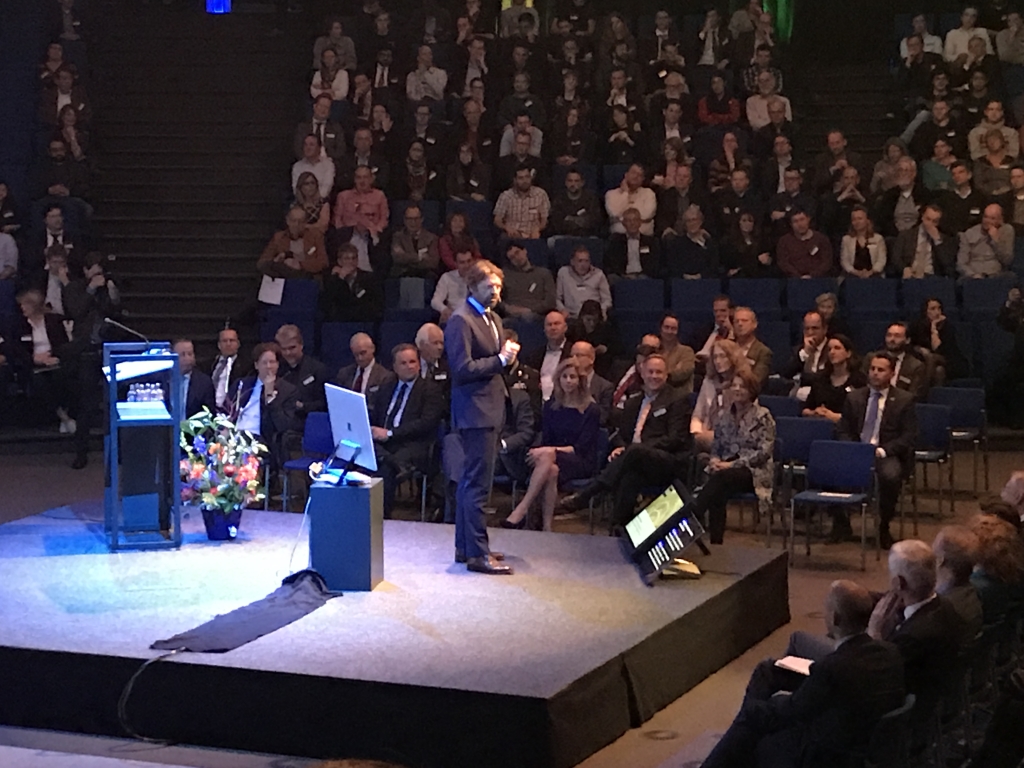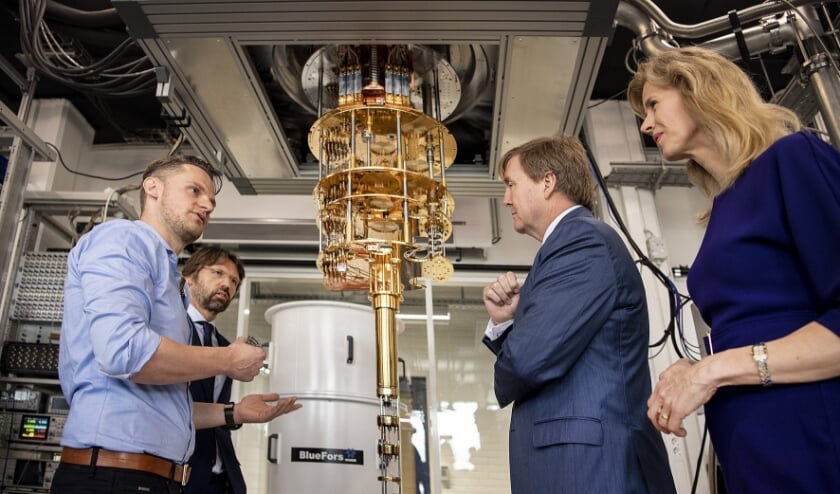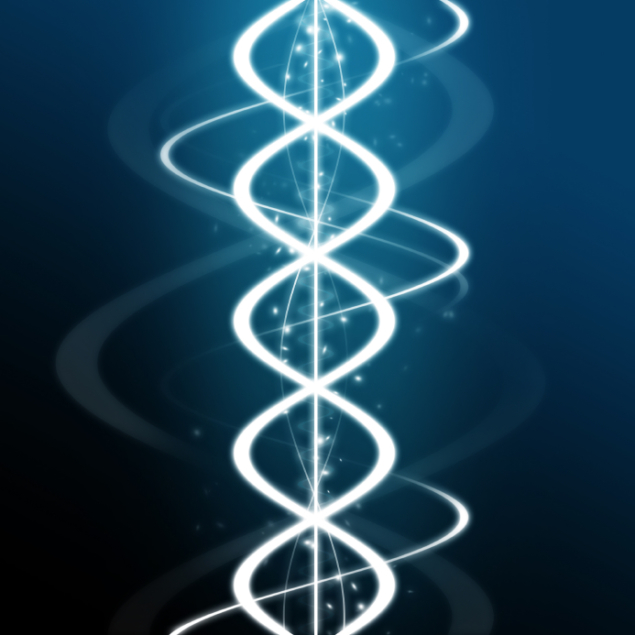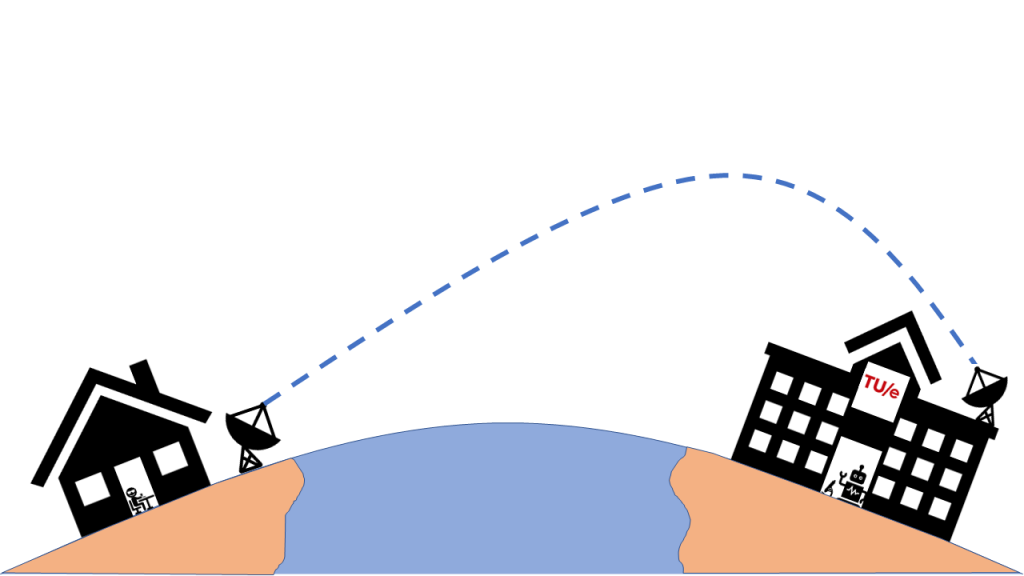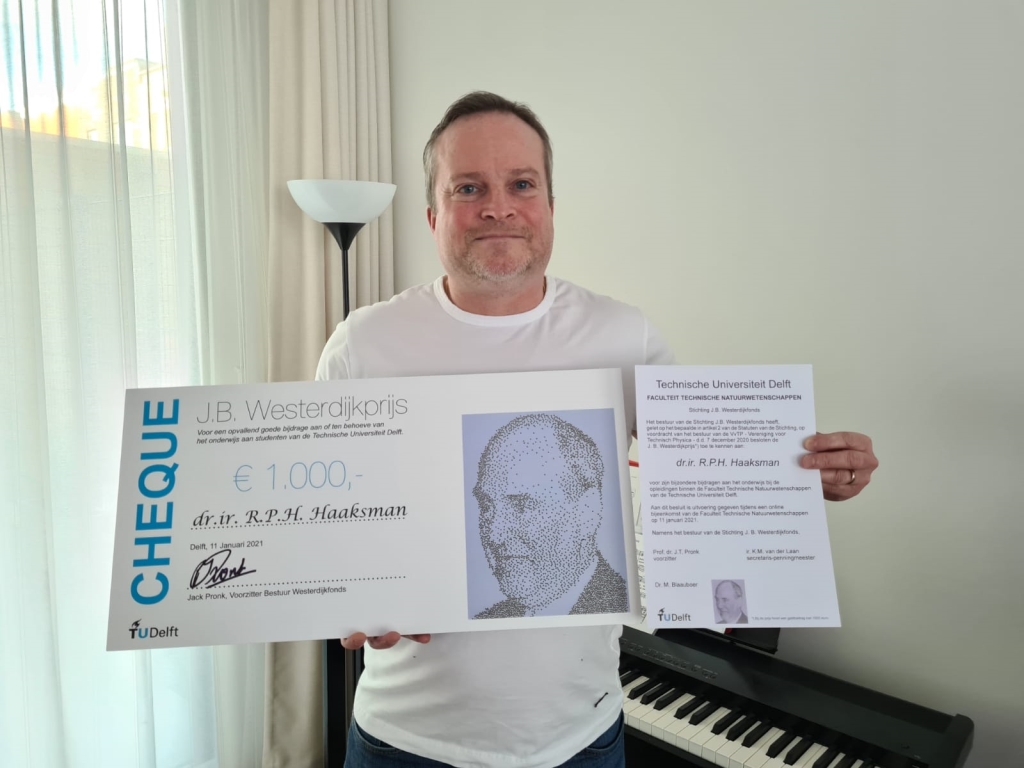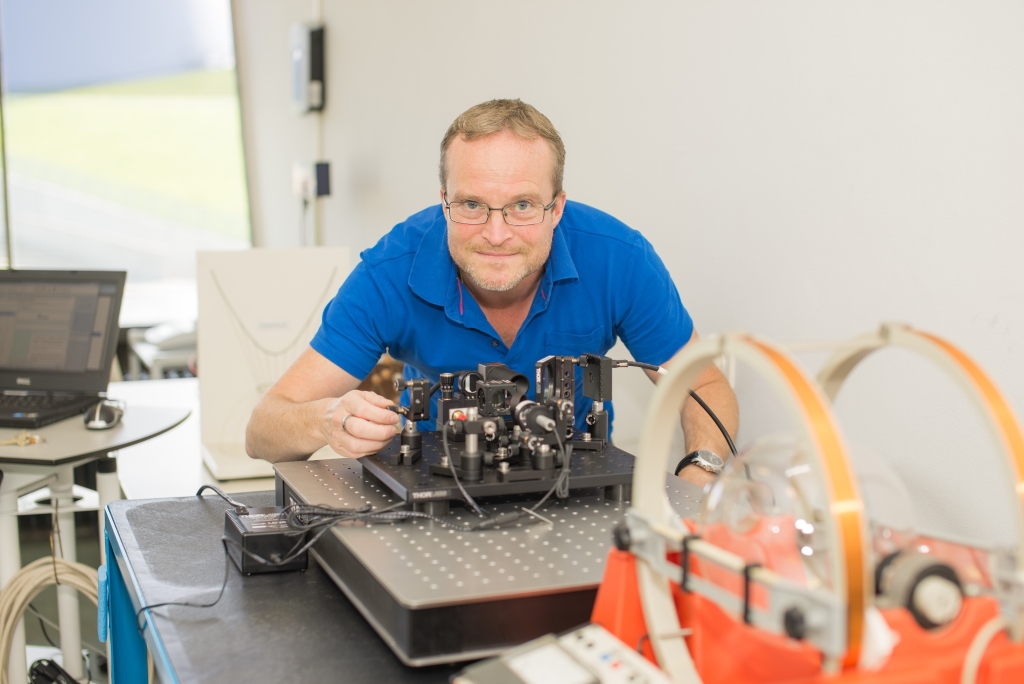Quantum repeaters that can store multiplexed signals; provide heralded signals of entanglement; and operate at telecommunications wavelengths have been developed by two independent research teams. Their work could prove to be an important step towards the creation of a scalable quantum internet.
Author:Martijn
Delftse Post: Waterzuivering met diamanten
Diamonds are a girl’s best friend’, is een bekend liedje van Marilyn Monroe. Maar diamanten zijn niet alleen mooi, ze zijn ook veelzijdig. Onderzoekers aan de TU Delft bekijken verschillende toepassingen voor dit wondermateriaal, waarvan één belangrijke toepassing het zuiveren van water is.
Technisch Weekblad: Goede Vraag. Zijn we wel goed beschermd tegen cyberaanvallen van quantumcomputers?
We verzenden tegenwoordig al onze informatie versleuteld. Dit doen we om onze gegevens niet in de verkeerde handen te laten vallen. Het proces achter de versleuteling, genaamd encryptie, zorgt ervoor dat zelfs de beste computer er miljoenen jaren over doet om de versleuteling te kraken. Maar er zijn tegenwoordig veel ontwikkelingen op het gebied van quantumcomputers, waarvan de verwachting is dat ze zeer complexe berekeningen kunnen oplossen en dus mogelijk de versleuteling kunnen kraken. Zijn onze digitale systemen eigenlijk wel beveiligd tegen aanvallen van quantumcomputers?
Physics World: Group plot quantum-safe future
A consortium of Dutch funders and institutes – including the Netherlands Organisation for Applied Scientific Research and the University of Technology Delft – as well as several industry partners, such as Microsoft and telecoms provider KPN, have announced a research partnership to study how to protect public digital infrastructures from the malicious use of quantum computers.
Physics World: Chemistry gets put to a quantum test
Chemical reactions are complex. Even if only a few molecules are involved, the final configuration will depend on a huge number of parameters – including, in principle, all the possible locations each electron in each atom can occupy as the reaction takes place. Calculating these trajectories is beyond the power of today’s best computers, but researchers led by Kang-Kuen Ni of Harvard University in the US have now demonstrated an alternative. By cooling molecules of potassium and rubidium down to a fraction of a degree above absolute zero, they reduced the number of possible reaction outcomes to just 57. They then probed all these outcomes down to the level of individual quantum states, paving the way for a better understanding of chemistry.
Delftse Post: Effectieve medicatie voor hartpatiënten
Kan iedere patiënt binnenkort een behandeling krijgen die op maat is gemaakt? Als het aan de Delftse startup Bi/ond ligt wel. Hun technologie, om je eigen cellen op hun chip in het lab te laten groeien, is nu op de markt.
Technisch Weekblad: Levende producten printen met uniek materiaal op basis van algen
Wetenschappers aan de TU Delft hebben een robuust, maar tegelijkertijd flexibel materiaal gemaakt van levende algen. Zij gebruiken hiervoor 3D-printers, in combinatie met een nieuwe bioprinttechniek. Het materiaal is 100% organisch, biologisch afbreekbaar en kent veel toepassingen, zoals kunstmatige bladeren of levende sensoren.
Delftse Post: Cyber security in het quantumtijdperk
Na alle positieve verhalen in het nieuws over quantumcomputers zou je denken dat deze computers alleen maar goede doeleinden hebben. Maar wat als iemand een quantumcomputer gebruikt om jouw informatie te hacken? Een nieuw project zoekt hiervoor oplossingen en zorgt daarmee voor een quantumveilige toekomst.
Internationale Dag van het Licht: de uitvinding van de laser
Op 16 mei 1960 kreeg Theodore Maiman voor elkaar, wat al velen probeerden te doen, maar tot op dat moment mislukte: het krijgen van laserlicht! En om deze reden vieren we op elk jaar op deze dag de Internationale Dag van het Licht.
International Day of Light: the laser invention
On the 16th of May, 1960 Theodore Maiman achieved what many already tried to do, but failed: to fire a laser! And for this reason, every year on this day we celebrate the International Day of Light.
Delftse Post: Onderzoekers printen levend materiaal
Wetenschappers aan de TU Delft hebben een levend materiaal gemaakt, dat tegelijkertijd stevig en flexibel is. Ze gebruikten levende, fotosynthetische algencellen die met behulp van een 3D-printer op het materiaal aangebracht werden. Het levende materiaal is 100% organisch en biologisch afbreekbaar en kan worden toegepast als kunstmatige bladeren of als levende sensoren.
Delftse Post: Optimaal rendement uit zonnecellen
We zien telkens meer zonnepanelen verschijnen. Helaas kan niet iedereen de aanschaf betalen. Maar wat als je meer energie uit goedkopere panelen kan halen? Nieuw TU Delft onderzoek laat zien dat een bijna maximaal rendement op economisch materiaal binnen handbereik is.
Delftse Post: TNO bouwt mee aan zonnetelescoop
TNO is geselecteerd voor het ontwerp van een essentieel onderdeel van de grootste Europese zonnetelescoop. Deze telescoop wordt gebouwd op de Canarische Eilanden en stelt ons in staat om heel gedetailleerd onze zon te onderzoeken
SpaceX en NASA opnieuw naar de maan!
Dacht je dat Mars ‘the place to be’ was? Toch niet: want in 2024 gaan mensen weer naar de maan! NASA is de enige organisatie die ooit mensen op de maan heeft gezet. 1969 was de grote primeur en 1972 was de laatste keer. Het Apollo-programma bracht 12 mensen naar het oppervlak van de maan. Het zal dus meer dan 50 jaar later zijn als ze het weer gaan doen. Maar deze keer kunnen ze het niet alleen. Samen met SpaceX zullen mensen binnenkort weer op het oppervlak van de maan lopen.
SpaceX and NASA together on a Moon-mission
Who thought Mars was the place to be, couldn’t be more wrong. In 2024 humans will go to the Moon again! NASA is the only organisation that has put humans on the Moon. 1969 was the big first and 1972 was the last time. The Apollo program brought 12 humans to the surface of the Moon. So it will be more than 50 years later when they start doing it again. But this time they can’t do it alone. Together with SpaceX humans will soon walk again on the surface of the Moon.
KIJK: Communicerende quantumcomputers
Technische hoofstandjes van eigen bodem zijn er genoeg. In NederTech elke maand een mooi voorbeeld. Deze keer: bij QuTech in Delft liggen de eerste bouwstenen klaar voor een superveilig quantuminternet.
Physics World: Dutch go big on quantum tech
The Dutch government has announced it will spend €615m over the next seven years on quantum technology.
Delftse Post: Laser communicatie met TNO en Airbus
Een samenwerking, genaamd ‘UltraAir’, van TNO, Airbus en de Europese ruimtevaartorganisatie zet de volgende stap in dataverbinding via satellieten en lasers. Deze laser-satelliet-communicatie moet zorgen voor supersnel dataverkeer, dat ook nog eens veiliger is dan huidige systemen. Wie dacht dat zoiets alleen in Star Wars films te zien is, komt bedrogen uit. In 2022 moet het systeem al de lucht in.
Perseverance: hoe deze rover naar leven op Mars zoekt
Perseverance is de nieuwste Mars Rover. NASA gebruikt het voor verschillende taken, maar een belangrijke is het vinden van leven op Mars. Of het er duizenden jaren geleden is geweest, of dat het er nog steeds is. Het doet dit door te kijken naar de chemische samenstelling van de rotsen op Mars (en niet door te zoeken naar kleine groene aliens die rondlopen, zoals de buitenaardse versie van Big Brother). Perseverance is uitgerust met een zeer krachtige laser, evenals een aantal andere high-tech detectors die worden gebruikt om het licht te meten dat indirect van deze laser komt. Deze laser kan eigenlijk op drie verschillende manier gebruikt worden. Door die drie manieren te combineren, zou je leven op Mars kunnen vinden. In de volgende drie secties zal ik bespreken wat deze methoden zijn en hoe ze werken.
Perseverance: how it finds life on Mars
Perseverance is the latest Mars Rover. NASA uses it for several tasks, one of them being being able to find life on Mars. Whether it has been there thousands of years ago, or if it still is there. It does this by looking at the chemical composition of the rocks on Mars (and not by looking for little green aliens that are walking around, like the alien version of Big Brother). Perseverance is equipped with a very powerful laser, as well as some other high-tech equipment that is used to measure the light this laser generates. One laser can actually give three different signals. If you combine that, you could find life on Mars. In the following three sections I’ll talk about what these methods are and how they work.
Delftse Post: 615 miljoen voor quantumtechnologie
Met een zeer ambitieuze investering van 650 miljoen euro kan Nederland zich de komende zeven jaar gaan positioneren als een Europese Silicon Valley voor quantumtechnologie.
Delftse Post: Komt er eindelijk een perfecte 0.0?
Pils, tripel, lager, stout, IPA, ale: allemaal verschillende biersoorten met vrij gevarieerde smaken. Toch komen ze allemaal van eenzelfde recept: water, graan, hop en gist. Bier lijkt simpel, maar is eigenlijk een complexe soep van moleculen. En als je goede controle hebt over welke moleculen in je bier zit, dan heb je gelijk ook een goede controle over de smaak.
Delftse Post: Nieuw TU Delft systeem redt levens
Eén telefoontje of appje kan een leven redden tijdens een natuurramp. Maar wat als de batterij van je telefoon leeg is? Als het aan TU Delft onderzoekster Indushree Banerjee ligt behoort dit probleem tot het verleden. Haar nieuwe communicatiesysteem kan veel levens redden.
Delftse Post: TU Delft studenten plannen maanmissie
Gaat Nederland voor het eerst in de geschiedenis naar de maan? Als het aan TU Delft onderzoeker Chris Verhoeven ligt wel. Hij werkt, samen met een groep van ruim 60 studenten, aan de ontwikkeling van unieke, lichtgewicht robots, die over een paar jaar het maanoppervlak gaan verkennen.
Delftse Post: Zoektocht Majorana deeltje terug bij af
Majorana-deeltjes, de bouwstenen van een quantumcomputer, waren in 2018 gevonden in Delft, maar nu blijkt toch van niet. Ernstige fouten in het onderzoek waren de oorzaak. De publicatie in Nature werd teruggetrokken en een integriteitscommissie onderzocht de situatie. Twee stappen terug voor het onderzoek naar de quantumcomputer. Wat betekent dit nu?
Delftse Post: Van Star Trek tot realiteit in Delft
Normale computers verbind je aan het internet. Maar met een quantumcomputer lukt dat niet zomaar. Daarom is de groep van de Delftse hoogleraar Ronald Hanson druk bezig met onderzoek naar een heus quantuminternet. En met succes. De eerste belangrijke stappen zijn nu gemaakt.
Een unicum in de wereld: informatie verzenden via een quantumnetwerk bestaande uit drie punten. Twee punten bestond al een tijdje, maar dat kun je niet echt een netwerk noemen. Een heel belangrijk moment; hun metingen laten precies zien wat zij voor ogen hadden en ze bleven concurrerende wetenschapsgroepen hiermee voor. De onderzoekers kunnen de champagne alvast koud zetten, voor het moment dat hun onderzoek daadwerkelijk gepubliceerd is. Al met al iets waar de onderzoekers, en daarmee heel Nederland, best trots op mogen zijn.
Physics World: Three-node quantum network makes its debut
Scientists at the Delft University of Technology in the Netherlands have taken an important step towards a quantum Internet by connecting three qubits (nodes) in two different labs into a quantum network. Such quantum networks could be used for secure communication, for safer means of identification or even distributed quantum computing.
Delftse Post: De quantumcomputer: het rekenwonder
Het onderzoek naar het bouwen van een quantumcomputer was vorige week vol in het nieuws. Deze keer vanwege een tegenvaller: het Majoranadeeltje, belangrijk voor de ontwikkeling van een quantumcomputer, bleek misschien toch niet ontdekt te zijn in een onderzoek in 2018.
Bits & Chips: TUE’s remote labs enhance experimental setups from home
Zoom, Teams and Hangouts: for many people around the world, these online platforms have become the new method of communicating during the pandemic. Physical work, however, was either stopped or continued with restrictions and health risks. New online methods, like the remote lab setups from Eindhoven University of Technology, can help solve that problem and make physical presence a thing of the past.
Delftse Post: TU Delft docent Haaksman wint onderwijsprijs
De J.B. Westerdijkprijs van de TU Delft is afgelopen week uitgereikt aan docent natuurkunde-experimenten Ron Haaksman. Deze prijs beloont personen metuitzonderlijke inzet voor het onderwijs van Technische Natuurkunde.
Delftse Post: TU docent blijft ook online populair
Verwondering, een korte stilte en daarna een daverend applaus van zijn studenten. Zo’n reactie is normaal voor Ron Haaksman, docent natuurkunde experimenten op de TU Delft. Maar nu niet meer… nu heerst er stilte in de collegezaal en staat hij voor een camera. De enige interactie met zijn studenten is wanneer de onderwijsassistent hun vragen vanaf de chatfunctie voorleest. Gelukkig zijn de experimenten van Haaksman, ook online, enorm geliefd bij de studenten. Maar zowel zij als Haaksman missen de normale interactie.
Physics World: In the pursuit of inspiration
My passion for astronomy began as a child. Large parts of my years in elementary school were spent stargazing, reading up on the solar system and the universe, as well as renting the video of the first Moon landing and watching it over and over again. I remember telling my parents I was going to be the first human to walk on the surface of Mars (and while this is now a real option, my spirit sank a bit at the prospect of a one-way ticket). Over the years, my passion extended into other fields of physics, such as particle physics, and to this day, reading up on everything from astronomy and particle physics to quantum mechanics and nuclear fusion is a hobby of mine.
